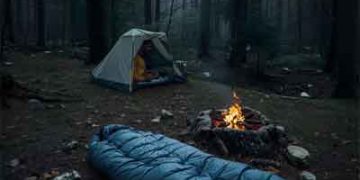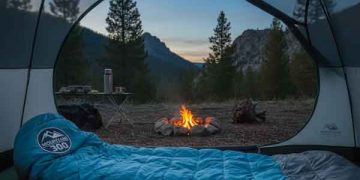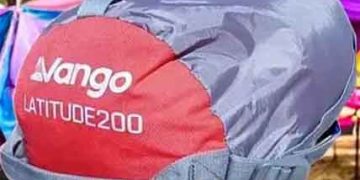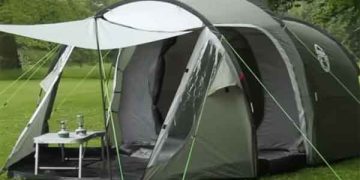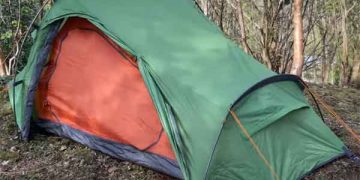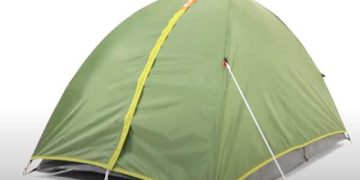I don’t know about you, but just before any weekend trip, camping of hiking is often tempered by the practical dilemma of my sleep system. A standard duvet is impractical, and an outdated, bulky sleeping bag can undermine the simplicity of a short trip. So lets do a hands-on analysis of a quantity of bags, to find ideal solutions for these excursions. I will be using a carefully calibrated balance of three factors: reliable warmth for cool nights, a highly compressible design that doesn’t dominate your pack, and sensible value
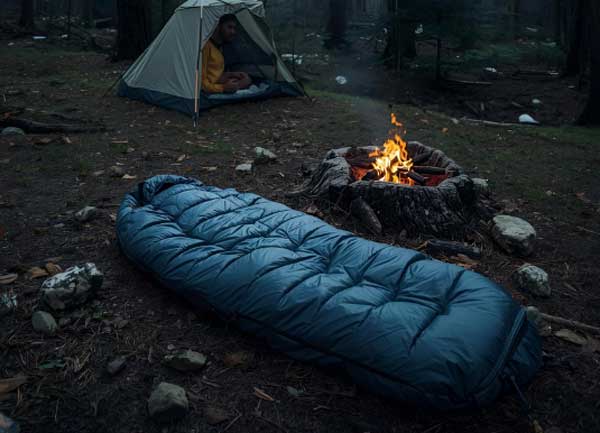
My goal here is to use that field-tested knowledge to help you identify a sleeping bag that delivers on all three fronts, ensuring your getaway is focused on relaxation, not gear frustration.
Beyond the Price Tag: What “Reasonably Priced” Really Means
Let’s be clear: “reasonably priced” doesn’t mean “cheapest possible.” A £20 bag from a random online marketplace might seem like a steal, but it often comes with a hidden cost: a miserable, shivery night. When you’re investing in a weekend of relaxation and adventure, your sleep system is not the place to cut the most corners.
A truly good-value sleeping bag is an investment in your comfort. It’s a piece of gear that you’ll pull out for years for spontaneous trips, unexpected guests, or even just a backyard campout with the kids. The goal is to find the sweet spot where cost meets performance, ensuring you get a solid night’s sleep without overspending for technical features you simply don’t need for a typical weekend.
The most critical factor to understand is insulation. For a versatile, affordable bag, you’ll want synthetic insulation (like Thermolite or Hollowfibre). As the experts at REI Co-op explain in their buying guide, synthetic fill is not only more budget-friendly but also performs better in damp conditions. It retains warmth even if it gets a bit moist from condensation inside your tent or a surprise drizzle, and it’s generally easier to care for.
Cracking the Code: Understanding Temperature Ratings
This is where many people get tripped up. That number on the tag? It’s not as straightforward as it seems.
Sleeping bags often have two ratings:
- Comfort Rating: The temperature at which a standard woman can expect to sleep comfortably without feeling cold.
- Limit Rating: The temperature at which a standard man, curled up, might just about avoid feeling cold.
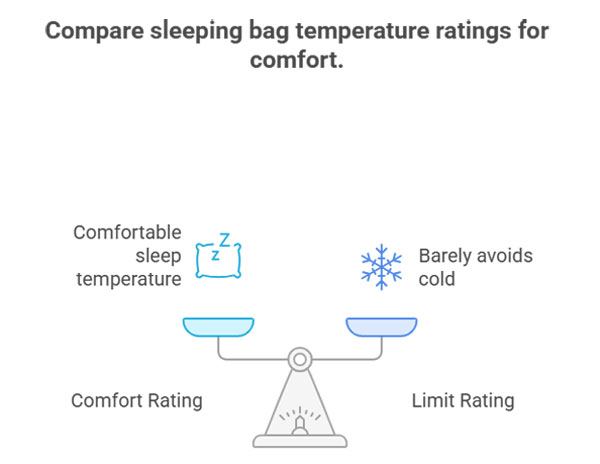
For a weekend away, especially in the famously unpredictable UK and similar climates, you should always shop based on the Comfort Rating. A good rule of thumb is to choose a bag with a comfort rating about 5°C lower than the absolute lowest temperature you expect to encounter. If the forecast says 10°C, aim for a 5°C comfort rating. This gives you a crucial buffer for those unexpected cold snaps and ensures you’ll be toasty all night long.
Your Weekend Warriors: A Comparison of Top Picks
To make your decision easier, let’s look at three standout sleeping bags that consistently deliver exceptional value for money. They balance cost, warmth, and packability perfectly for the occasional adventurer.
| Feature | Vango Latitude 200 | Rab Alpine Trek 300 | Mountain Warehouse Summit 300 |
|---|---|---|---|
| Approx. Price | £50 – £65 | £70 – £90 (on sale) | £35 – £50 |
| Best For | The all-rounder; great balance | The lightweight performance pick | The budget-friendly warmth champion |
| Temp Rating | Comfort: 4°C | Comfort: 2°C | Comfort: 2°C |
| Key Strength | Reliable brand, good pack size | Premium materials at a mid-range price | Exceptional warmth for a very low cost |
| Consideration | A trusted workhorse | A slightly higher investment | Can be bulkier to pack than others |
The Takeaway: The Vango is a fantastically reliable choice you can find at most retailers. The Rab is a brilliant option if you find it on sale, offering near-premium features for less. The Mountain Warehouse bag is unbeatable if your primary goal is maximum warmth on a minimal budget. Checking a site like Outdoor Gear Lab’s budget picks can provide deeper insights into how these models perform in rigorous testing.
The Secret to Sleep System Success: It’s Not Just the Bag
Buying the right bag is only half the battle. To truly sleep well, you need to think about your entire “sleep system.”
- The Sleeping Pad is Essential: This is the most common mistake. The ground is a giant heat sink. Even the best sleeping bag’s insulation beneath you compresses, becoming ineffective. A pad provides crucial cushioning and, more importantly, thermal insulation (known as an R-Value). A simple foam roll mat or an inexpensive inflatable pad will radically improve your warmth and comfort. Don’t skip it.
- Embrace the Liner: A soft cotton, silk, or fleece sleeping bag liner is a weekend warrior’s best friend. It adds a noticeable layer of warmth, feels luxurious against your skin, and, most practically, keeps your sleeping bag clean. After a weekend away, you simply wash the liner, preserving the bag’s loft and lifespan.
- Packing Smarts: Before your trip, practice rolling or stuffing your bag into its compression sack. The smaller it packs, the more room you have for other essentials. Remember to store it loosely at home, not compressed in its sack, to protect the long-term health of the insulation.
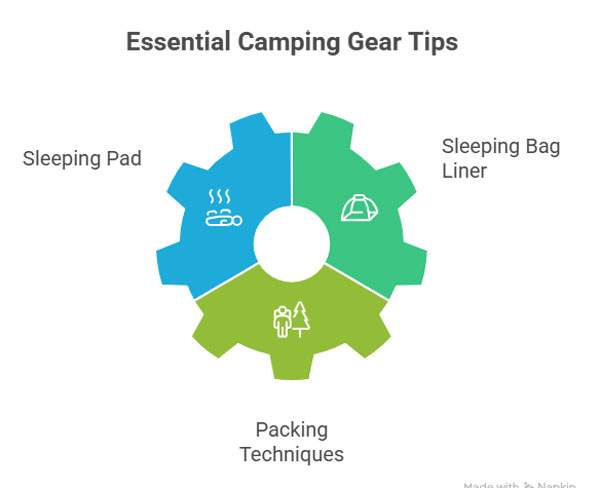
The Final Verdict: Sleep Well, Adventure More
Choosing the right sleeping bag for your weekend adventures isn’t about having the most expensive gear. It’s about making an intelligent choice that prioritizes your comfort and ensures you wake up refreshed and ready to enjoy your day.
That extra £20 or £30 spent on a well-designed, properly insulated bag from a reputable brand is not an expense; it’s a direct investment in your enjoyment. It’s the difference between fondly remembering a weekend spent stargazing and a weekend spent counting the minutes until sunrise.
Find your bag, pack your sense of adventure, and rest easy. Your perfect weekend away awaits.
